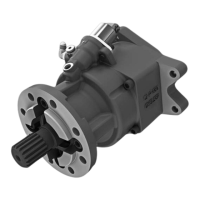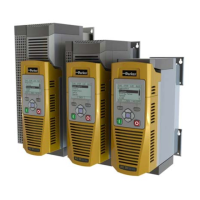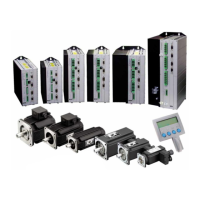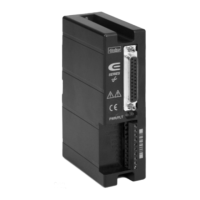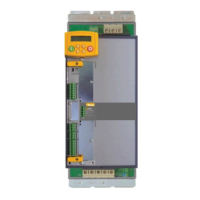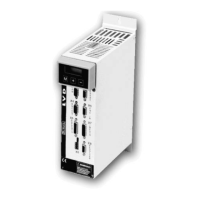TENS+COMP CALC
This provides additional torque to compensate for static and dynamic friction, as well as the load inertia.
Add these losses to the diameter-scaled tension demand to produce a compensated torque demand for open loop winder applications.
The inputs to this function are DIAMETER, TOT. TENS. DEMAND, and SPEED FEEDBACK from the SPEED LOOP function block.
For open loop winder applications, connect OUTPUT to TORQUE DEMAND (Tag 432) in the TORQUE CALC. function block.
Static and Dynamic Frictional Losses
Static and dynamic friction are due to gearbox resistance and mechanical
binding in the winder spindle and motor bearings. Both absorb motor output
torque and require compensation to maintain accurate winder tension.
Static friction, or "stiction", is a constant offset most noticeable at or near
zero speed. The compensation torque required to overcome static friction is
fixed over an entire operating speed range. You can ignore "stiction" for
winders which do not normally operate at zero speeds.
Dynamic friction results from friction losses within the drive train, which
includes gearboxes and chain belting linkages. The oil viscosity in
gearboxes and windage losses in the motor armature fans also contribute to
dynamic frictional losses.
The effects of static and dynamic friction are shown opposite.
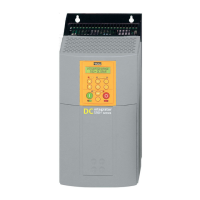
